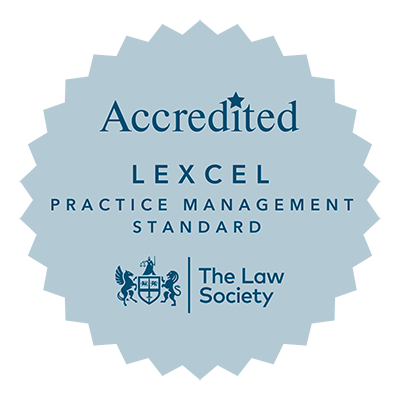Unfortunately, though, this world is far from perfect, and a change of use can involve a surprising amount of paperwork, and ensuring you comply with building regulations, go through the planning permission minefield, and understand the various building use ‘classes’ is vital. So if you’ve just taken ownership of a new commercial property that used to be a factory, and you want to change it into an ultra-trendy ‘industrial-themed’ restaurant, what do you need to do?
Know your ABC
Under the planning system, all buildings (both commercial and residential) fall into various ‘classes’ and are given a code that signifies their lawful uses. These are known as ‘use classes’ and are indicated by a very simple system of codes ranging from A1 (standard shops), A3 (food and drink), B4 (special industrial), or C3 (residential housing). Every building has a designation, and it is possible in most cases to change their classification, depending on what the original use was, and what you want to change it to.
Why are use classes so important?
A use class can be used to determine whether or not you can change a building’s use without the need to apply for planning permission, and learning how to navigate your way around the various classes could make turning a building that used to be a pub into a hotel or restaurant, for example, much easier.
However, some changes of use will still need permission. So you’ll need to know exactly what classification the building currently falls under, as this will help determine whether a change of use requires planning permission.
How do I find out what my building classification is?
You can find a full list of use classes on the government’s planning portal, but it may take a little bit of investigation to determine exactly which class a building falls into, especially if it has had a variety of uses over the years. You can then check your own records, including deeds, land registry records and other official documents to determine the current classification. You can also get more information from the Town and Country Planning (Use Classes) Order 1987, or contact your local council’s planning department, who may have records concerning the classification of your building.
What if the property was originally classified as residential?
If the building has a C3 (residential housing) classification, then getting it reclassified for commercial purposes may take some doing, especially if you’re right in the middle of a quiet domestic neighbourhood. You’ll need to check if the change of use requires planning permission, and then go through the full process of applying to the planning department for permission for change of use. They could refuse this on the grounds of the impact it may have on your neighbours, or they may find in your favour and allow you to change the use of the building, but with certain restrictions.
If your change of use is permitted under local restrictions, then you probably won’t need to go all the way through that long, complicated planning permission route. However, it’s important to do your homework thoroughly and don’t simply assume that your change of use is on the approved list. It’s very difficult to get retrospective planning permission for a change of use application, and if it’s declined then you’ll have to revert the building back to its original purpose, which could put you seriously out of pocket.
If you have to put in an application to change the use then it’ll probably take around 12 weeks for the planning permission process to go through, depending on the complexity of the project. Make sure you provide as much information as you can, and remember that the application will need to show that you’ve considered the potential impact on the local environment with regards to the increase in traffic or the requirement for public parking spaces and access for delivery vehicles. If you do need to go down this route then it’s essential that you talk to a property law expert, who will be able to take you through the process and make sure every box is ticked to maximise the chances of your application being approved.
Is there anything else I need to think about?
Change of use doesn’t just involve letting the local planning department know what you’re doing. You’ll need to consider a whole other raft of issues in the form of Building Regulations compliance. From fire doors to flame-retardant building materials, energy efficient lighting and public facilities, you’ll need to plan very carefully, especially if the public is going to be allowed access to your building.
If food preparation is part of the plan then hygiene will be a big factor. For example, if you’re turning a building that was previously residential into a public house then you’re going to need to install catering facilities that meet all current hygiene regulations.
You’ll also need to think about the type of building insurance you have, and a huge range of other considerations such as commercial waste management, business rates, and even how many toilets you have on-site to conform with Health & Safety requirements.
Make sure you’ve got a commercial property legal expert in your corner from the outset so things go as smoothly as possible.
This article aims to supply general information, but it is not intended to constitute advice. Every effort is made to ensure that the law referred to is correct at the date of publication and to avoid any statement which may mislead. However, no duty of care is assumed to any person and no liability is accepted for any omission or inaccuracy. Always seek our specific advice.









